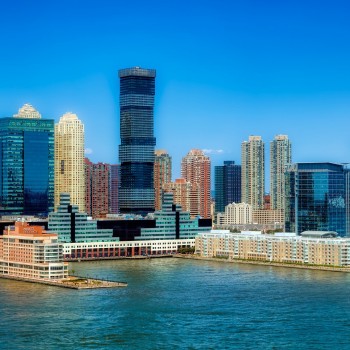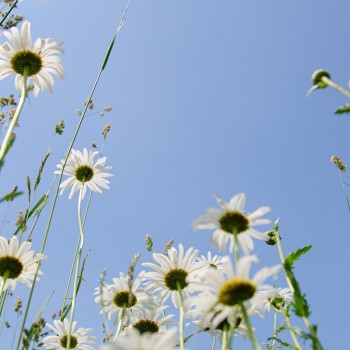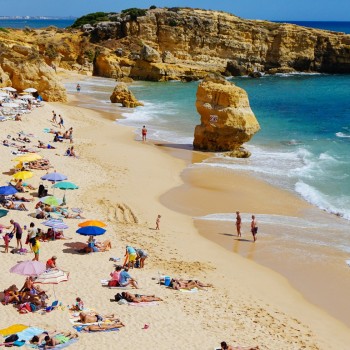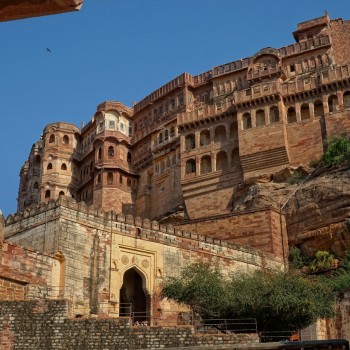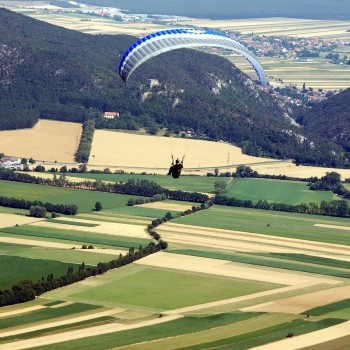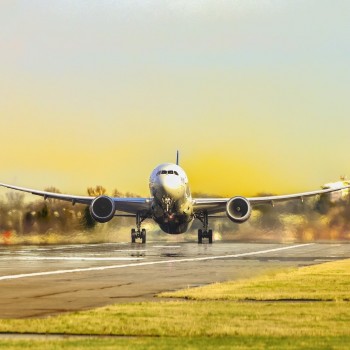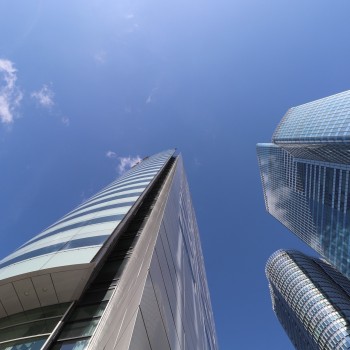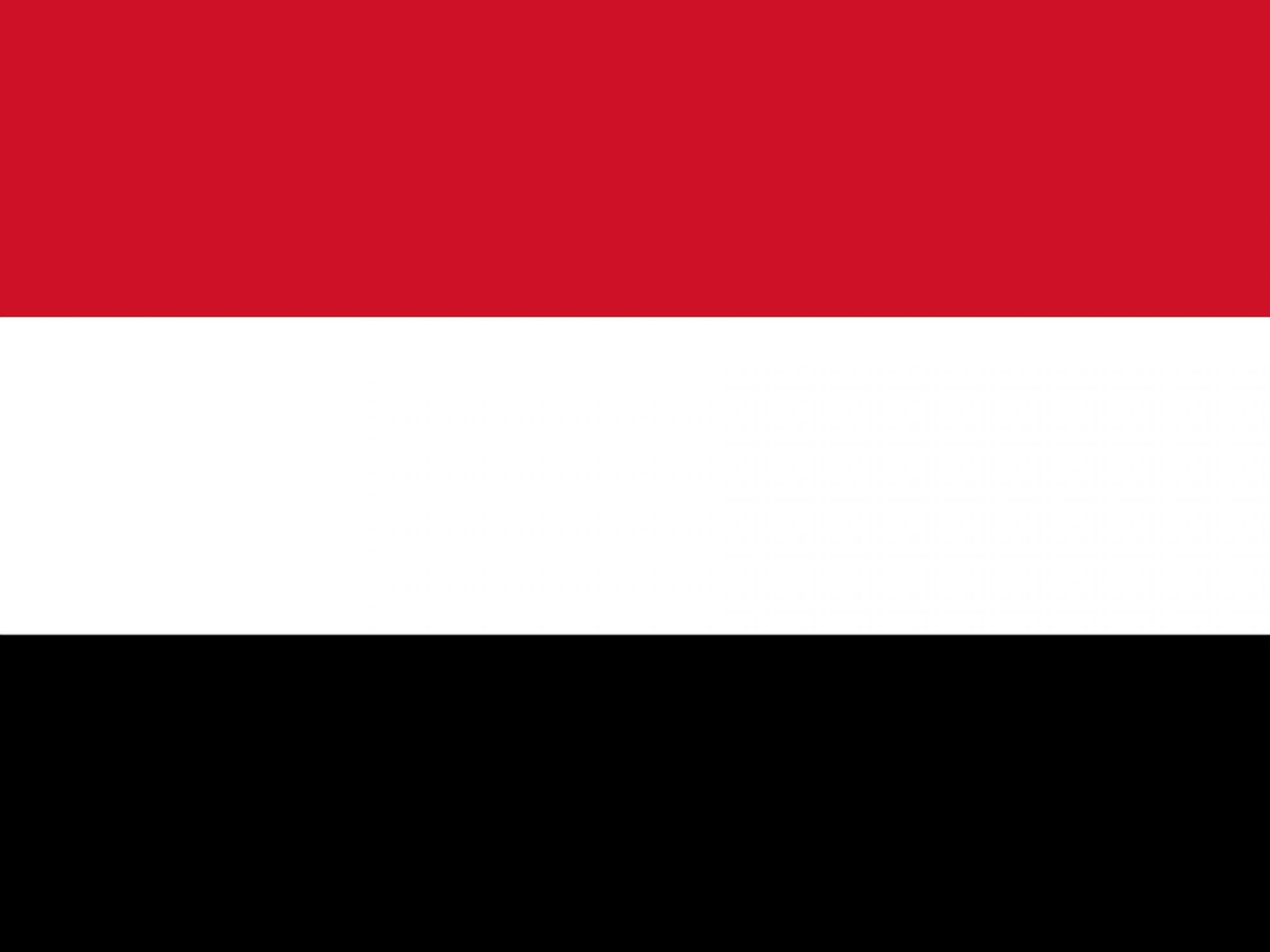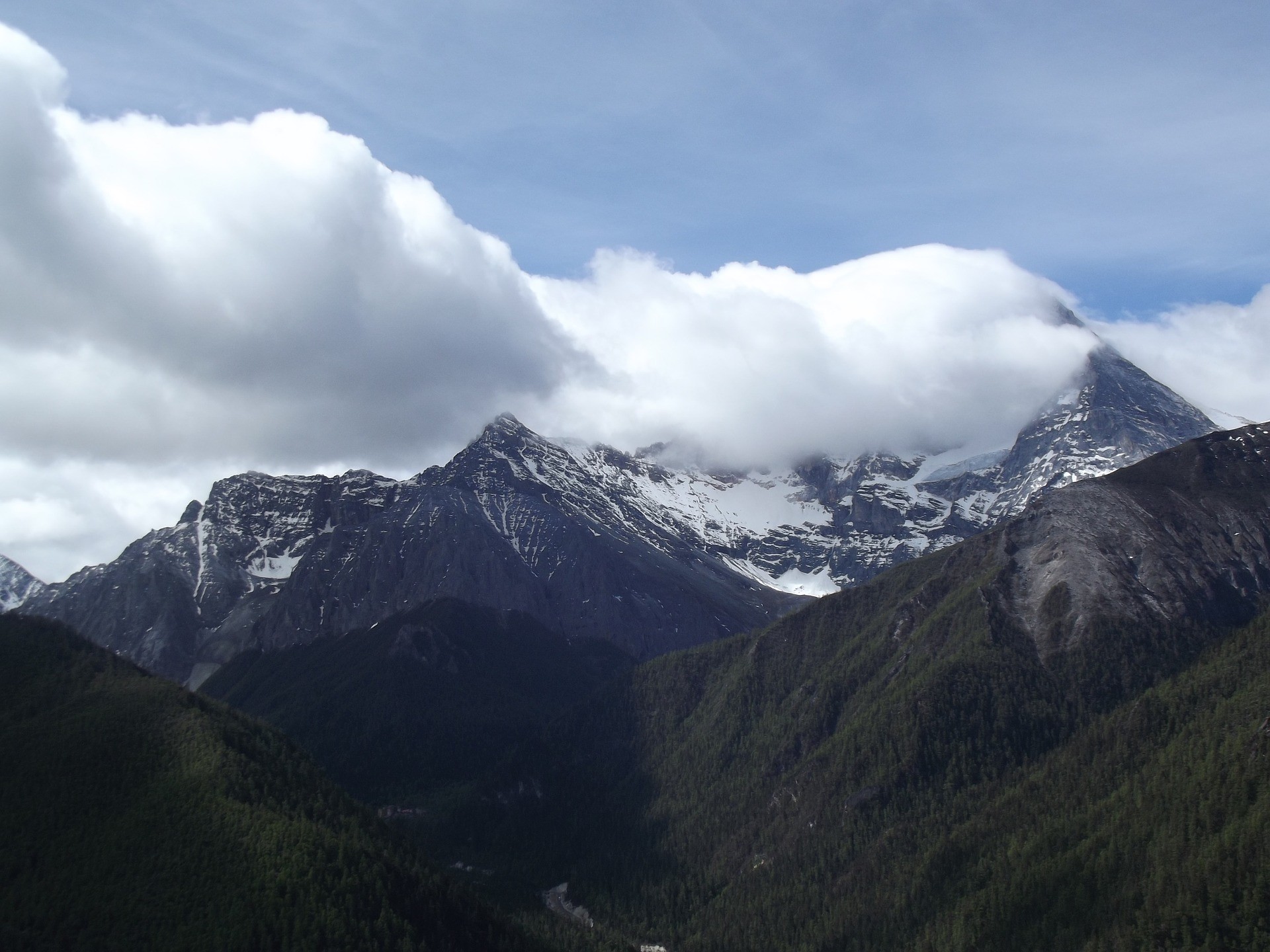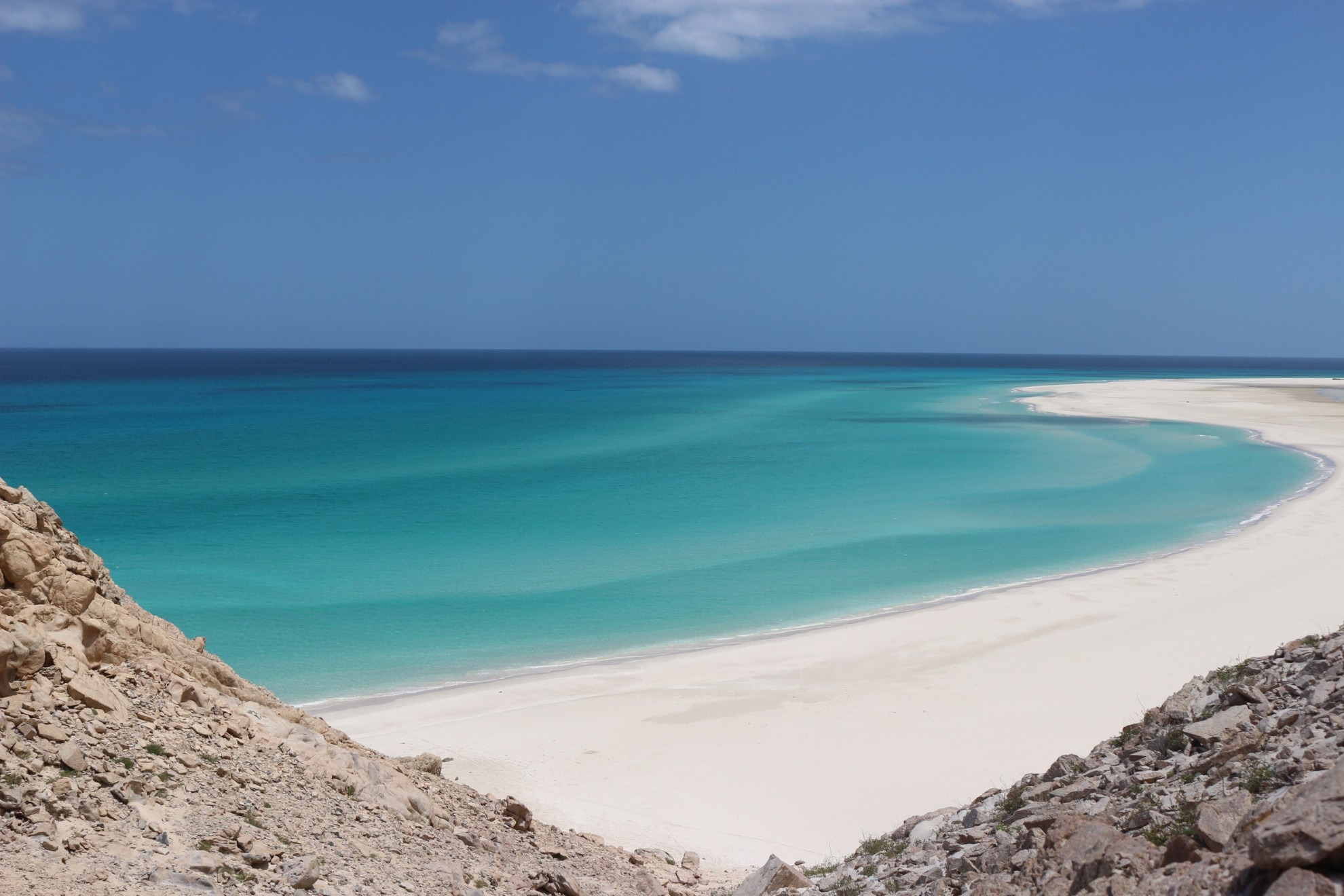Yemen
Yemen
Capital city description
Sana'a serves as the capital city of Yemen. The town is famous for its historic buildings and mosques. It also hosts the Islamic Centre that features Sana'a's Great Mosque and the Al Saleh Mosque. It is the oldest Arabian city, consistently inhabited for over 2,500 years. Famed as the heartland of Arabs, its 6,000 residential houses (built before the 11th century), 14 hammams (bathhouses), and 103 mosques reflect ancient Arabic architecture. Well-built mud houses and high-rise brick towers on a stone base are signature landmarks.
Sana'a city is divided into the New City and the Old City. The New City is then subdivided into Al Wahdah, As Sabain, and At Tahrir Districts. Sana'a is home to the headquarters of the Supreme Court, the Parliament, and the President's Palace in Yemen.
Climate
In Yemen, the climate is tropical desert on the coasts and in the lowlands, while it is mild and moderately rainy on the western plateau. Summer months in Yemen are warm to extremely hot. Temperatures of 30 to 40 degrees Celsius (86-104 degrees Fahrenheit) during the day are very typical. The only place where the temperature is tempered is in the mountain areas. During the winter season, the country experiences coolness with little rost. The range of temperature can go from 22°C (72°F) during the hottest month of the winter, into 14°C (57°F) at its coldest in January. The southwest winds bring in the rain.
Spring: March to May
Summer: June to August
Autumn: September to November
Winter: December to February
Languages spoken
Yemen's official and widely spoken language is Modern Standard Arabic. It is the language of government services, media broadcasts, and public education. English and Russian are the second most common foreign language in Yemen.
Fun/Fascinating Facts
- Yemen’s Mocha city was once the center of the world’s coffee trade – Mocha, one of the world’s best-known types of coffee, was named after this city on the Red Sea coast in Yemen.
- Yemen is part of Biblical tales and legends. Noah knew it as “the land of milk and honey.” Three Wise Men who visit the baby Jesus present him with gifts from the Yemeni mountains: gold, frankincense, and myrrh.
- Yemen has a heritage of superb silversmith works by Jewish craftsmen. Between the 18th and 20th centuries, the Jewish silversmiths of Yemen dominated jewelry production with intricate detailing and granulation, an interesting Yemen fact.
- Yemen was home to the ancient Queen of Sheba (also known as Balqees in Arabic) mentioned in the Bible and the Quran. The ‘Kingdom of Saba’ – the most powerful and vital kingdom in the region – was believed to have existed in the first millennium BC and was located in modern-day Marib.
- Khat or Qat is a plant widely cultivated in Yemen. The juice of this plant has an amphetamine-like effect. The Yemen people love to chew this plant in the afternoons as a tradition. It is even part of the nation’s business culture, and chewing khat is believed to assist in decision-making. The plant has a constituent alkaloid called cathinone that triggers euphoria and excitement.
Unique Customs/Traditions
- On the wedding day in Yemen, which is called the "green day," because of the colors worn by the groom, It's customarily, the groom slaughters ten male sheep. Some may slay 50, while the wealthiest slaughter 100. Usually, the women cook many different types of dishes.
- In Yemen, the weekend is Thursday and Friday. Most people still work on Thursdays. Friday, however, is the most enjoyed day of the week. The most distinctive feature of this day is Friday's congregational prayer, well-prepared lunch, family visits, get-togethers, and Qat chewing.
- Clothing in Yemen varies between north and south, especially men's. In the north, a man typically wears thoub, a long robe with long sleeves, white for the most part. Around his waist, he puts on jambiya, a dagger in a wooden scabbard fastened with a thick belt. Some put on kout, suit-like coat and the shawl on it. With this kind of dress, it is always preferred to wear sandals rather than shoes. Men wear belted ma'waz, sarong, and shameez' shirt in the south.' Some put on shawl the same way as in the north, but the shawl may be different colors and designs.
- Yemenis chew Qat for, on average, five hours a day, i.e., from early afternoon to early evening. It is mainly chewed by men and even teenagers in rural areas. More recently, it's gained popularity among women, especially in big cities. Qat is defined as an Arabian shrub. It is tree-like that may grow up to nine meters in height. Qat leaves are plucked from the tree and chewed by Yemenis.
- In Yemen, gifts should only be given to the most intimate friends. To receive a present from a lesser acquaintance is so embarrassing as offensive. Even worse is expressing admiration for something belonging to another because it makes him feel obliged to make a gift of it.
Popular universities
| Name | Description | |
|---|---|---|
| Yemeni University of Science and Technology | The Yemeni University of Science and Technology (USTY) was established earlier in 1994 as the National College of Science and Technology. It is a private, non-profit university that has experienced tremendous growth and development over the years. It has been voted the best private university in Yemen for the past several years. It has a modern teaching hospital that provides medical care to the public. The Association accredits the School of Business to Advance Collegiate Business Schools (AACSB). In cooperation with foreign universities, it runs undergraduate and graduates degree programs. The Yemeni University of Science and Technology has academic programs. It has eight colleges: College of Medicine and Health Sciences – College of Engineering, College of Pharmacy – College of Dentistry – College of Administrative Sciences – College of Humanities and Social Sciences – College of Open Education – and the College of Graduate Studies and Scientific Research. | |
| Queen Arwa University | Founded in 1996, Queen Arwa University is a non-profit private higher education institution located in Sanaa's metropolis. Officially recognized by the Ministry of Higher Education and Scientific Research of Yemen, Queen Arwa University (QAU) is a large coeducational Yemeni higher education institution. Queen Arwa University (QAU) offers courses and programs leading to officially recognized higher education degrees such as bachelor's degrees, master's degrees in several areas of study. | |
| Al-Ahgaff University | Founded in 1995, Al-Ahgaff University is a private higher education institution located in the small city of Mukalla Hadhramaut. Officially recognized by the Ministry of Higher Education and Scientific Research of Yemen, Al-Ahgaff University is a coeducational Yemeni higher education institution. Al-Ahgaff University offers both undergraduate and postgraduate courses. | |
| University of Aden | Located in the metropolis of Aden, the University of Aden is a public higher education institution in Yemen, established in 1975. The university is a member of the Federation of the Universities of the Islamic World. The University of Aden offers courses and programs leading to officially recognized higher education degrees such as bachelor's degrees, master's degrees, doctorate degrees in several areas of study. | |
| Sana'a University | Founded in 1970, Sana'a University is a non-profit public higher education institution located in Sana'a's metropolis Sanaa. Officially recognized by the Ministry of Higher Education and Scientific Research of Yemen, Sana'a University (SU) is a vast coeducational Yemeni higher education institution. Sana'a University (SU) offers courses and programs leading to officially recognized higher education degrees such as bachelor's degrees, master's degrees, doctorate degrees in several areas of study. | |
| Al Eman University | Established in 1994, Al Eman University is a private higher education institution in Yemen located in Yemen's capital - Sanaa. Al Eman university is one of the most prestigious universities of Yemen, taking its rightful place among the top 5 educational institutions of the country. Al-Eman University offers courses and programs leading to officially recognized higher education degrees such as bachelor's degrees in several areas of study. | |
| Al-Razi University | Al-Razi University is a private higher education institution located in Sana'a's metropolis, Sanaa. Founded in 2009 and officially recognized by the Ministry of Higher Education and Scientific Research of Yemen, Al-Razi University (RU) is a coeducational Yemeni higher education institution. Al-Razi University (RU) offers courses and programs leading to officially recognized higher education degrees such as bachelor's degrees, master's degrees in several areas of study. | |
| Al-Nasser University | Al-Nasser University was first established in 2007, previously known as the “Al-Nasser of Medical Sciences,” specializing in three major fields; namely: pharmacy, health community, and laboratories. Al-Nasser University has three faculties. These faculties include the Faculty of Humanities, Faculty of Engineering and Computer Sciences, and the faculty of Business and Finance. Housed in two campuses; the first campus is the home of the university’s medical sciences and Human sciences colleges. The second campus is the home of the Engineering and Computer Sciences college and the world-renowned Computer Science Institution, also known as “Aptech.” | |
| Hadhramout University | Hadhramout University (HU) was established by Presidential Decree No. (45) of 1993 and is characterized by scientific specificity as it has focused on the technology and scientific specializations needed by contemporary development plans. Hadhramout University is located in Mukalla City, the capital of Hadhramout Governorate. Hadhramout University (HU) offers courses and programs leading to officially recognized higher education degrees such as bachelor's degrees, master's degrees, doctorate degrees in several areas of study. | |
| Future University (FU) | Future University (FU) is a large coeducational Yemeni higher education institution formally affiliated with the Islamic religion. Established in 2004, Future University is a for-profit private higher education institution located in the urban setting of Sana'a's metropolis Sanaa. Future University (FU) offers courses and programs leading to officially recognized higher education degrees such as pre-bachelor degrees (i.e., certificates, diplomas, associate or foundation), bachelor degrees, master degrees in several areas of study. | |
Festivals & Events

Sana'a Summer Festival
Date: July
Sana'a Summer month-long festival kicks off a series of events in the capital city each July. This colorful festival starts with a massive carnival at Bab al-Yemen, the main gate to the Old City. Numerous people participate in the celebration and perform the traditional folkloric dance and take part in a fashion show to show off the country's traditional clothing.
Different events take place throughout the month-long event in parks, theatres, historical attractions, and on the streets of Sana'a. The festival's primary focus is the handicrafts and industrial items of the country, with the crafts made by women of particular interest.
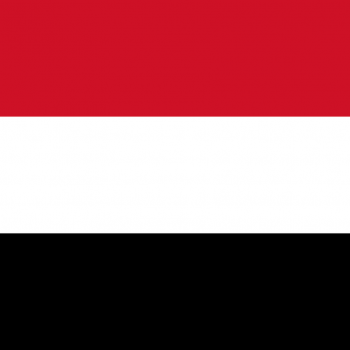
Day of National Unity
Date: 8th May
Yemen celebrates the Day of National Unity, or “Unity Day,” every 8th of May. It is when North Yemen and South Yemen united and became one nation. It is celebrated each year in May through parties, public entertainment, and carnivals. It is also a family day for locals, and many citizens travel throughout the country to be together.
On Unity Day, the president of Yemen gives a speech and oversees a military ceremony. A celebration is held in the capital city of Sana, banks close down, and workers get a day off to celebrate the unity of their nation.
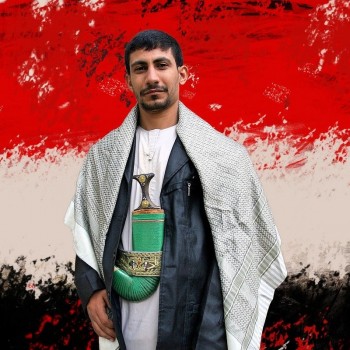
Al-Baldah Tourist Festival
Date: 10th August
Each year on August 10, Mukalla City celebrates the Al-Baldah Tourist Festival, a famous festival in Yemen. The festival is named after a star seen each year on this date. It is said that when the star appears, the sea becomes exceptionally cold.
The festival's focus is to promote tourism to the Yemen coast by way of recreational activities. It is one of the most meaningful festivals in the region, and as well as holding several activities, it sees exhibits of the beautiful jewelry and handicrafts of the region. It also shows off the city's natural beauty and therapeutic agents.

Eid al-Adha
Date: June / July (date varies)
Eid al-Adha is a meaningful Muslim holiday that translates to ‘Feast of the Sacrifice.’ It is celebrated in honor of the Prophet Abraham, who sacrificed his first-born son to God, giving him a lamb to offer instead. This four-day holiday starts on the 10th day of Dhu al-Hijjah, anywhere between September and November. It is the last month of the Islamic calendar and starts the day after the Hajj pilgrimage.
In Yemen, the Muslim community attends mosque or outdoor prayer sessions, visits relatives and friends, exchanges gifts, and greets everyone they meet with a “Happy Eid!” Children are often given gifts and candy

Mouloud festival
Date: October
Mouloud festival commemorates the birth of the Prophet Mohammed. It takes place each year on the 12th day of the month of Rabi’ al-awwal, which falls in the winter of the Georgian calendar. An enormous street carnival takes place in cities and towns all over the country and a large street procession.
Houses and mosques are decorated, and food is distributed to everyone. Stories about the life of Mohammed are told, and children recite famous Arabic poetry. Unlike other festivals in Yemen, Mouloud is a national holiday, so all banks and businesses are closed.
Attractions / Top Sights
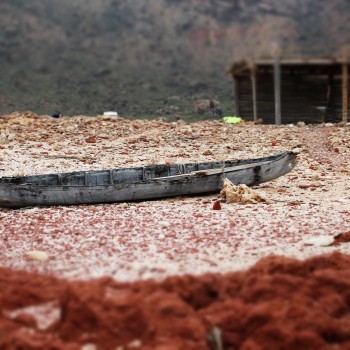
The Ancient Tombs, Sanaa
When to visit: May, June, September and October
In Yemen, travelers can explore different old graves dating back to the Paleolithic age. These lands were dwelt by ancient civilizations and cultures before about 40,000 years. In western Yemen, hundreds of old graves are discovered in the Al-Mahwit region, situated in Sanaa. These graves are mainly some of the most ancient historical landmarks. These graves are predominantly likely the most old-fashioned Yemen-famous tourist attraction.

The bottle trees-Socotra island
When to visit: November to March
Socotra island is home to native tree spots- The bottle trees. The area has been influenced by the famous mythical beliefs of many places. People often attach stories of desert djinns that live in the deserts, the healers who can talk to plants and animals, and the existence of the Phoenix that opts to nest in the Dragon Blood Trees on the island. The Greeks believed that unique flora and fauna were a gift from the Gods and were meant for them to utilize. Frankincense, Aloe, and other herbs were quickly found and revered as the original Socotrans revered them before them.
The Bottle Trees are truly fascinating sights to watch during your trekking tour to the rocky regions of Socotra Island. When these trees blossom, the mountain landscape is bathed in the enchanting view of a golden sunset.

The Ancient City of Sanaa, Yemen
When to visit: March, April, October, November
The famous ancient city of Sanaa was inhabited for more than 2,000 years, and it boasts a sensational concoction of old houses with beautiful Islamic architecture. Sana'a's ancient city has many hammams, nearly a hundred mosques, and different ancient edifices left by the Ottoman era.
While wandering within the old and scenic streets in the ancient city of Sanaa, you will be astounded by the incredible spirit and beauty of this magnificent town. Mainly, everything within the old city of Sanaa is an unparalleled historical landmark.

Yemeni Fortress, Sanaa (al-Qahirah Castle in Taiz)
When to visit: March, April, October, November
When to visit: https://almadaniyamag.com/2017/10/15/2017-10-15-cairo-castle-in-taiz-between-reality-and-the-symbolic-eatkt/
Taiz is a tiny but photogenic and dramatic mountain village in southwest Yemen, where the marvelous Al-Qahira Fortress can be found. The beautiful ancient al-Qahirah Castle sits on Mount Sabr overlooking the city of Taiz and stands as an additional element to the beauty of the natural landscape that surrounds the city. It is one of the most enchanting and well-known destinations for tourists and is located on an elevated rocky peak. The mesmerizing view of this castle also allures the visitors to make their trip wonderful.
.jpg)
Socotra Island
When to visit: October to November
Socotra Island is located nearly 380 Km south of Yemen. This incredible stunning island is secluded by the deep waters of the Arabian Sea, and it has gorgeous flora and unique fauna species also involved. Socotra Island is the place of infinity.
The coasts of Socotra Island are rocky, but several serene sandy beaches also dot them. This exceptional island is undoubtedly an attractive place to visit.

Al-Saleh Mosque
When to visit: September to April
The modern Al-Saleh Mosque is located in the capital city of Yemen, Sanaa. With the beautiful frontages of the AL-Saleh mosque, you will be amazed by its stunning Yemeni architectural style, which contains four 160 meters-tall minarets and two little minarets, four colossal domes. The main prayer hall, accommodating 20,000, has a red-painted carved oak ceiling inspired by the city’s original mosque. The richly decorative scheme also includes over 40 individually designed stained-glass windows.
The six minarets - two 80 meters tall, four 100 meters tall - can be seen throughout Sana’a. And the entire edifice is beautified by lush timbered ornaments and engravings, and the neighboring green gardens are flamboyant. The fascinating cultural and historical place is very alluring for the visitors.
.jpg)
Arher beach
When to visit: Between October and April
Arher beach is one of the fascinating places located on the northeast shore of Socotra. It is a famous camping site between two massive dunes and a stunning white sandy beach. The dunes are unavoidable enticements for hikers and climbers; Furthermore, swimming, photographing, and wandering along the coast are just a few instances of memorable activities on Arher Beach.
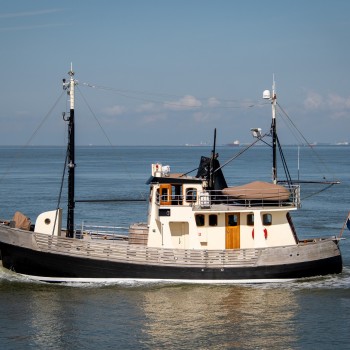
Al Mukalla Harbor, Yemen
When to visit: January through May, July through December
Al Mukalla Harbor is the essential seaport of Yemen, and it is situated in the center of the country's southern coastline. It is an entirely bustling harbor, nearly filled with tiny fishing boats, sometimes big boats.
The typical and standard shapes of maximum boats induce a fantastic atmosphere. Al Mukallah harbor is one of the most stunning spots in Yemen and, within the town, you can benefit from countless lodgings, stores, eateries, and other amusements.

